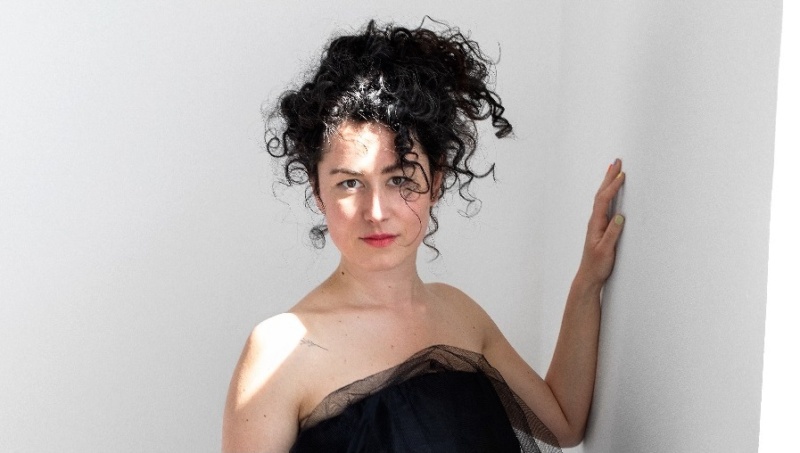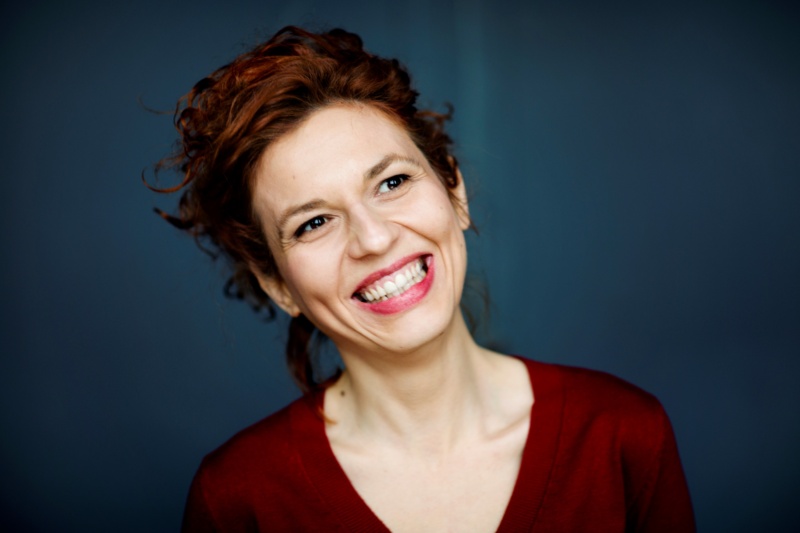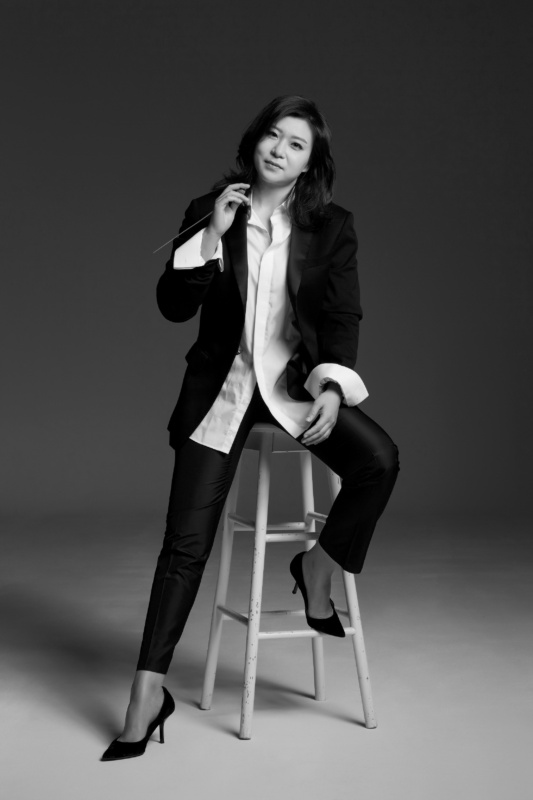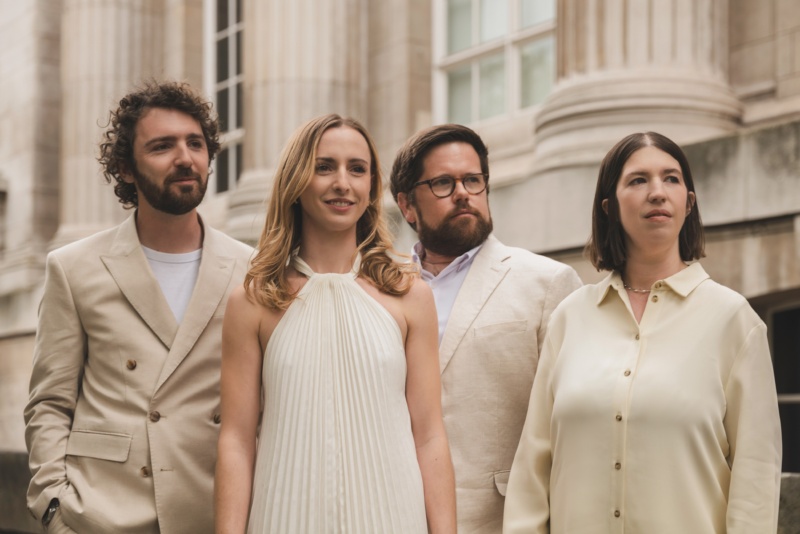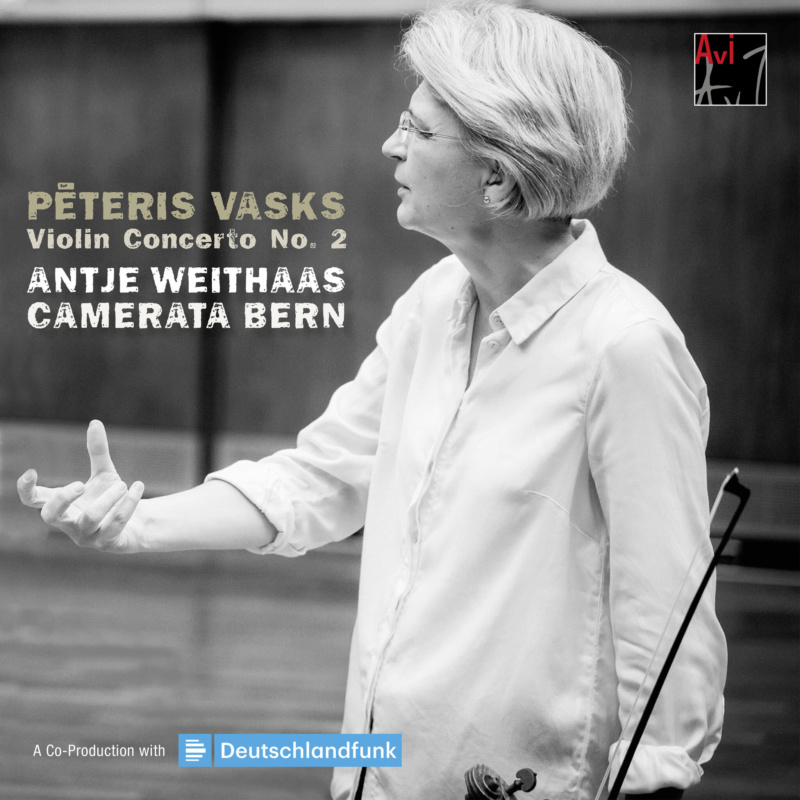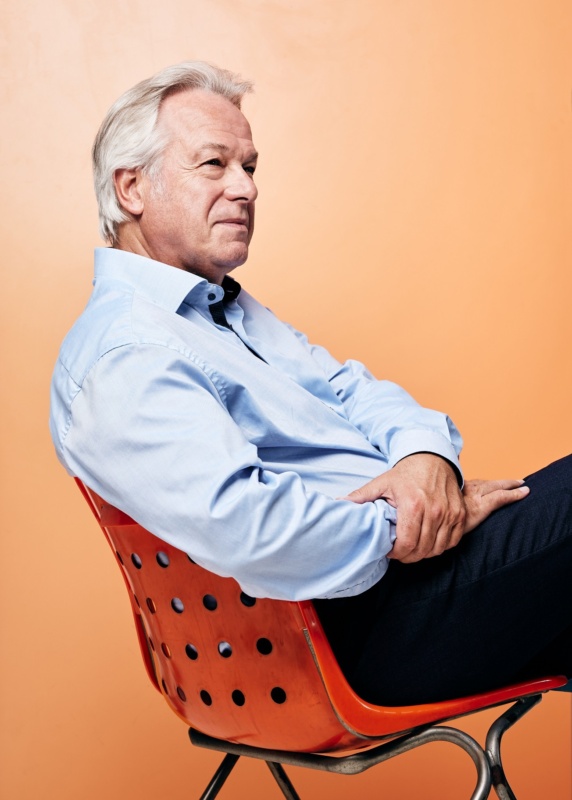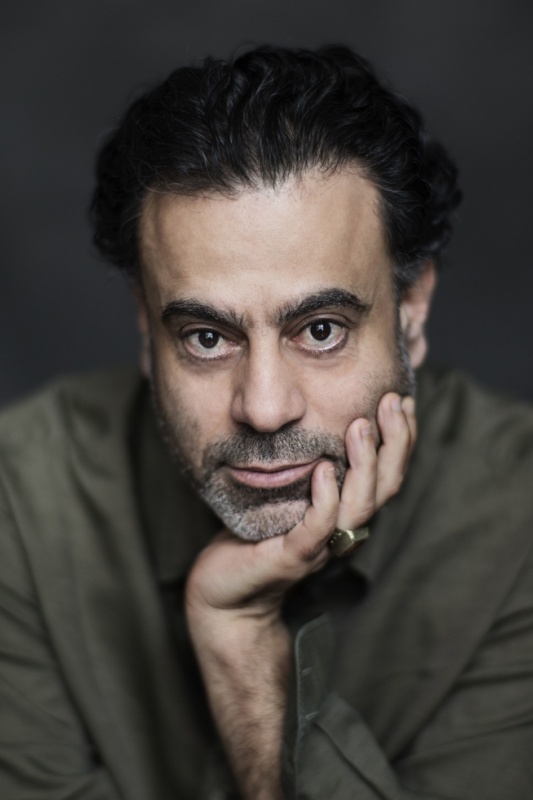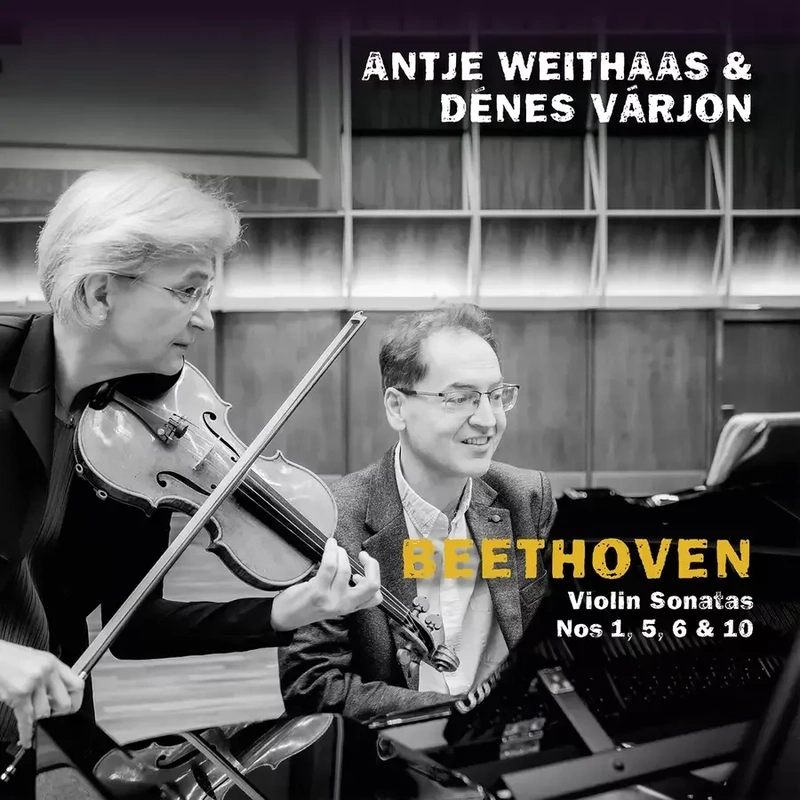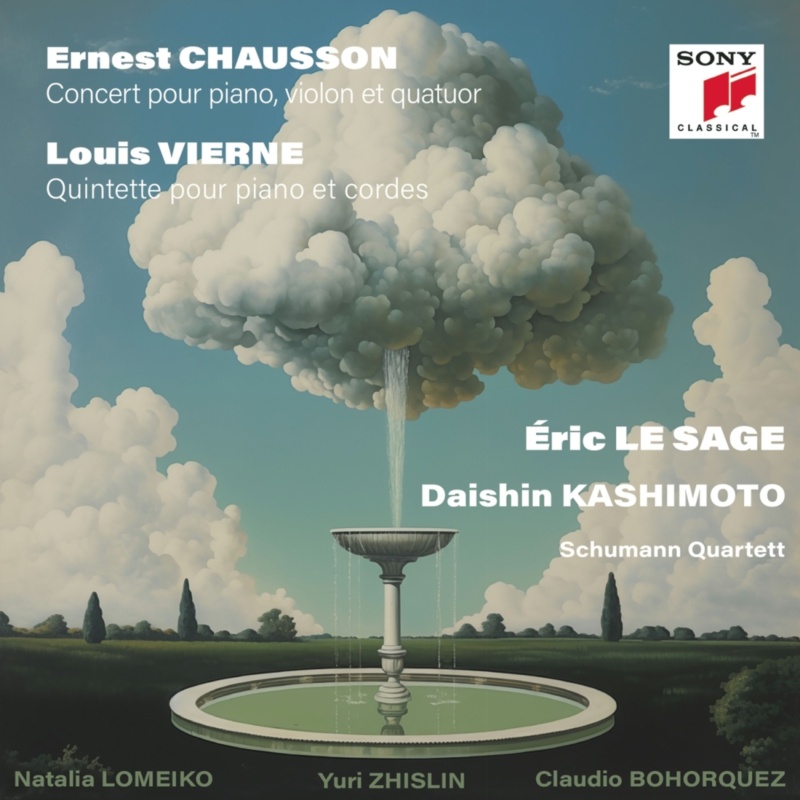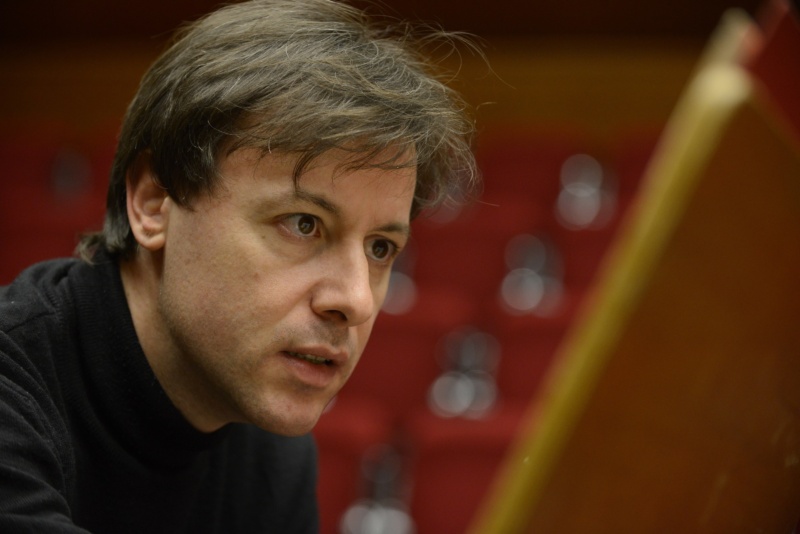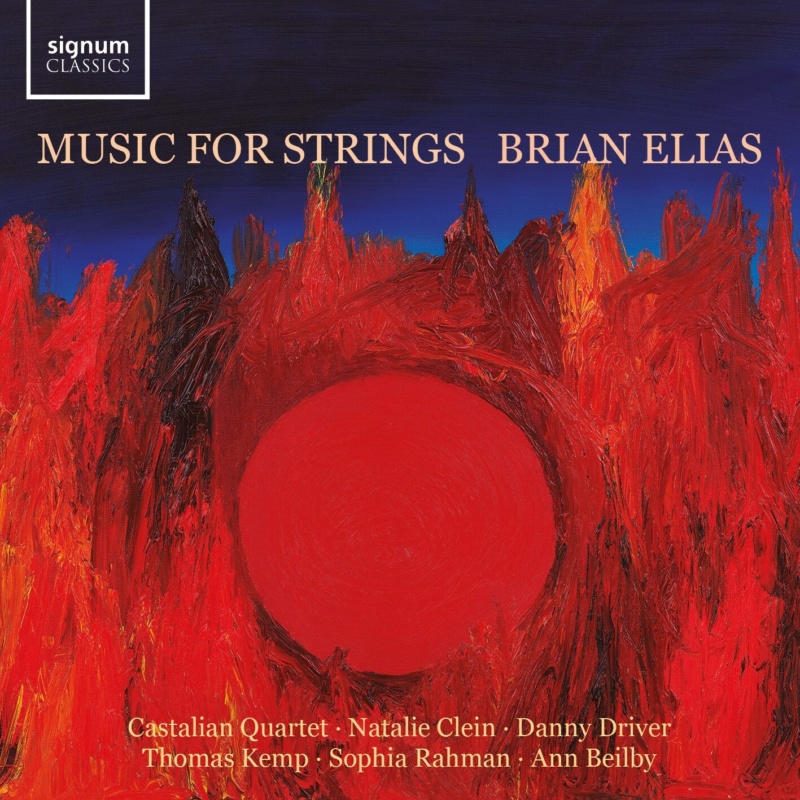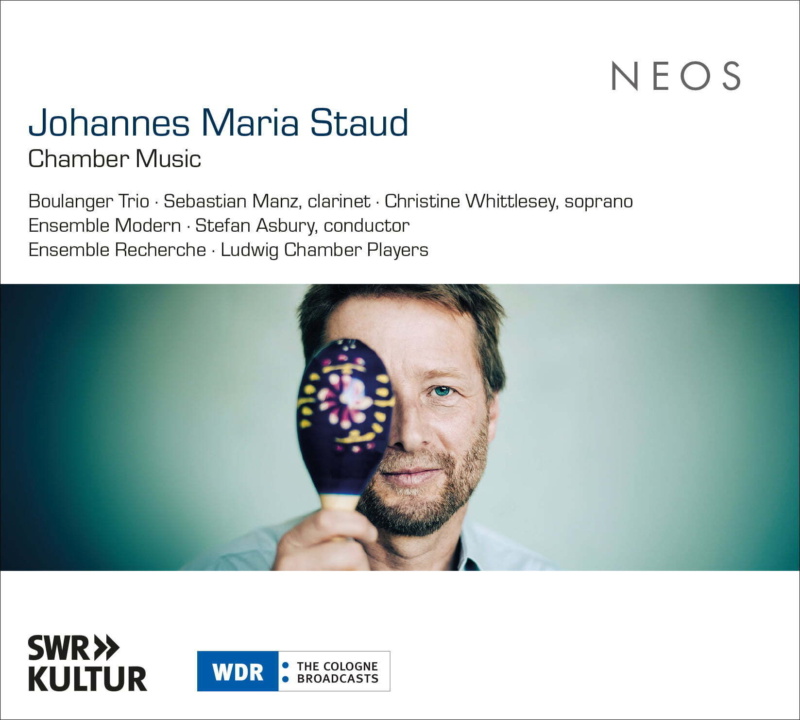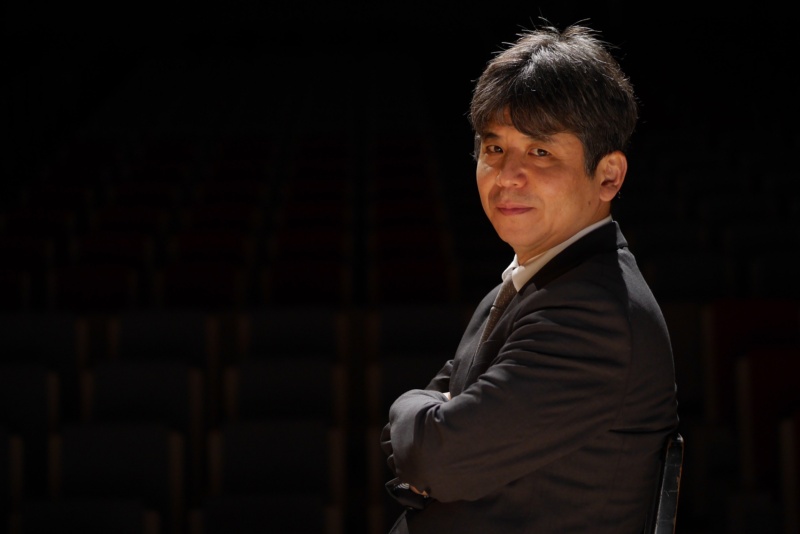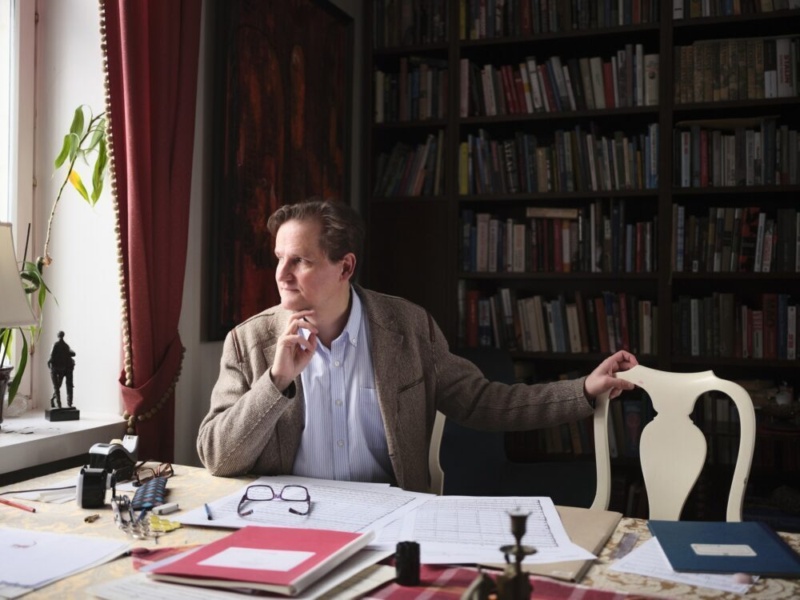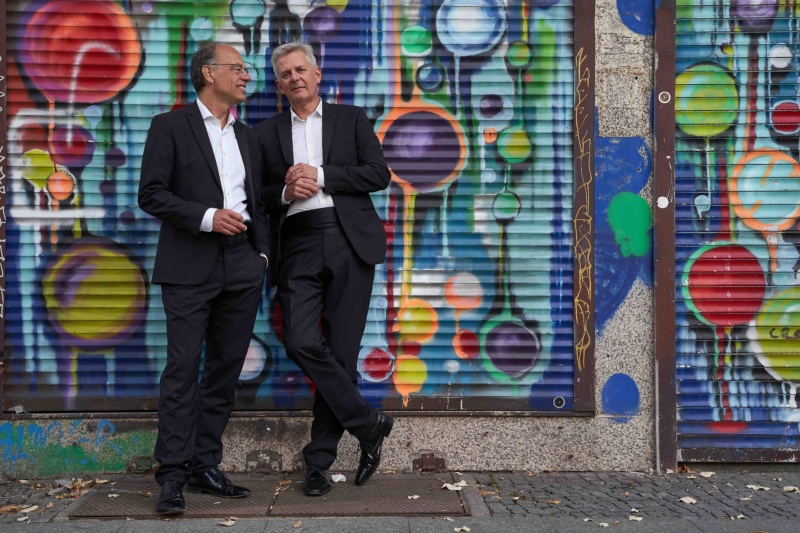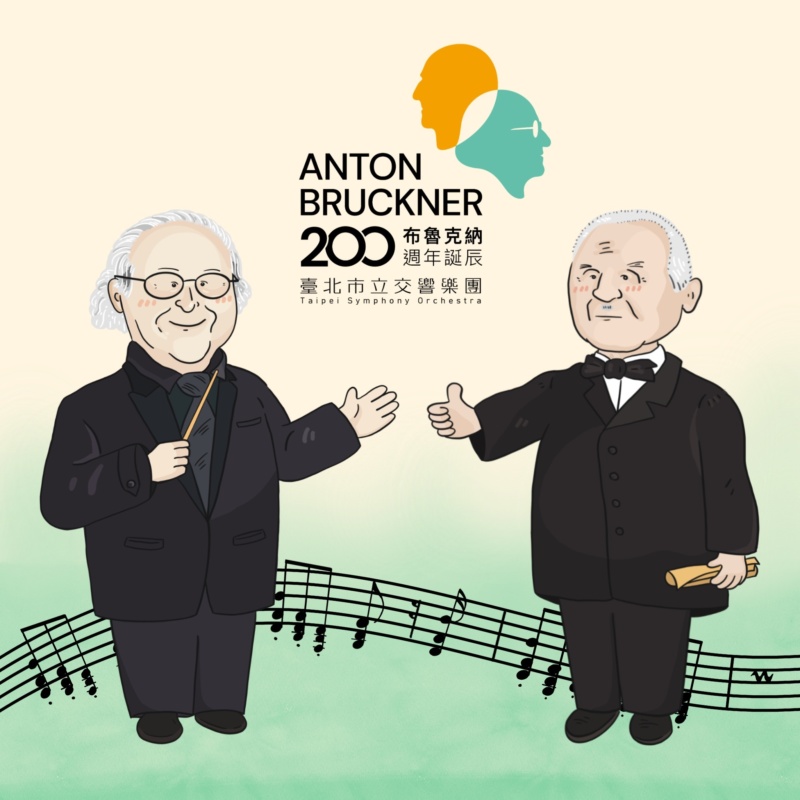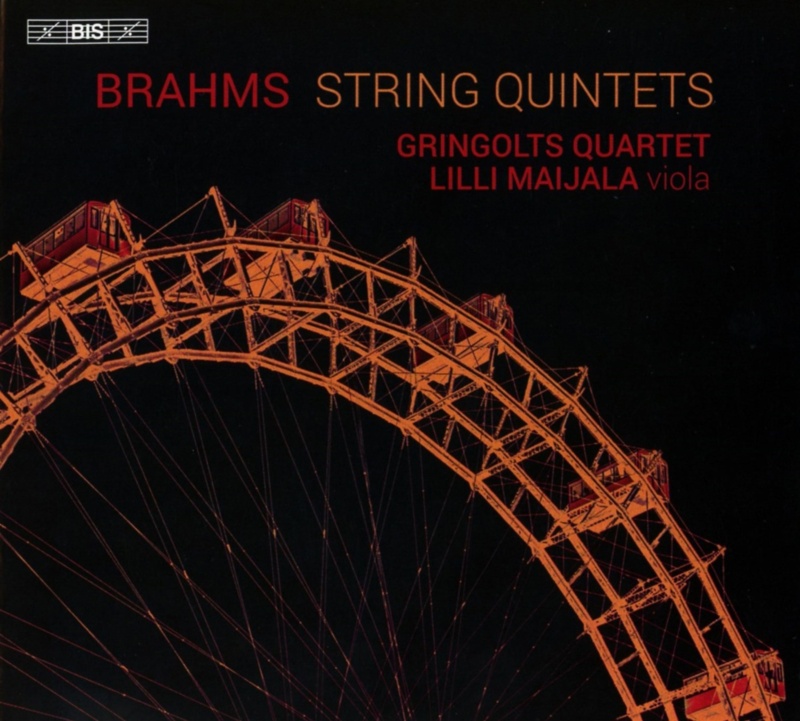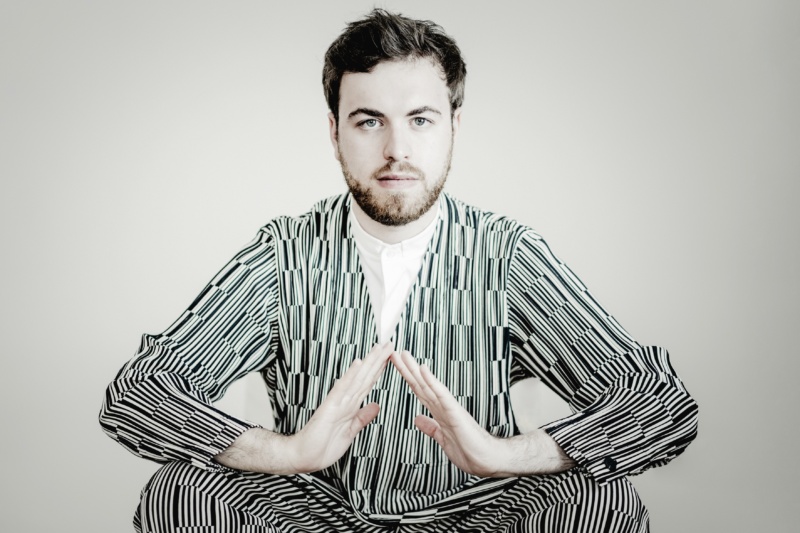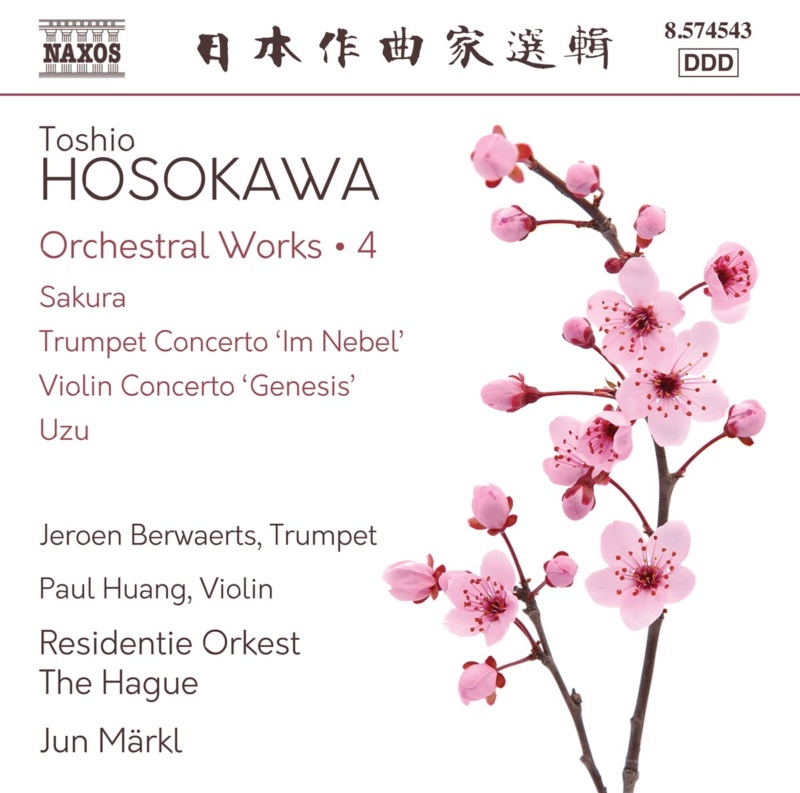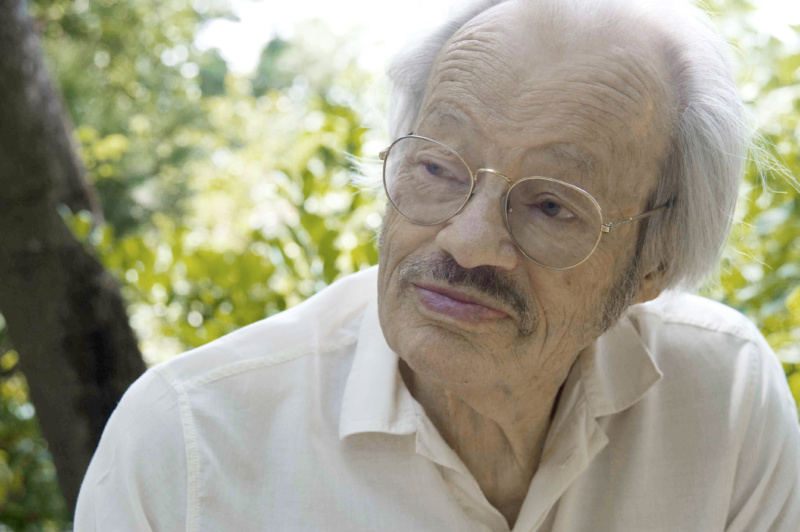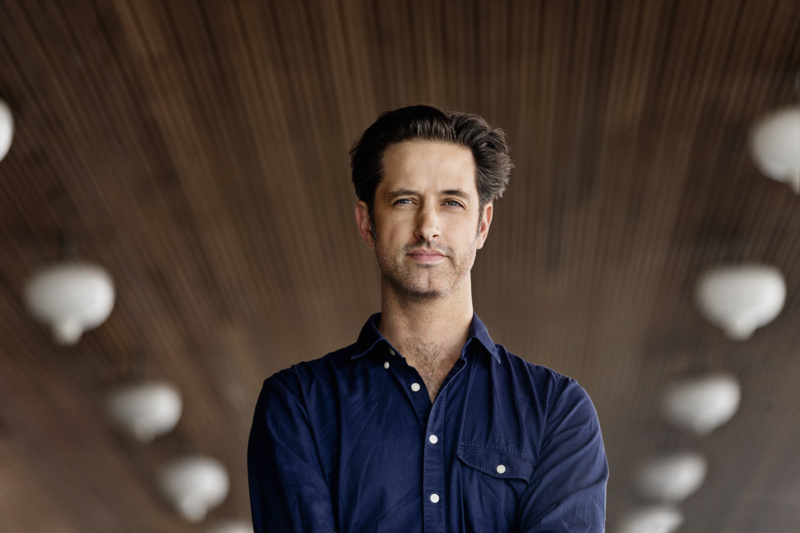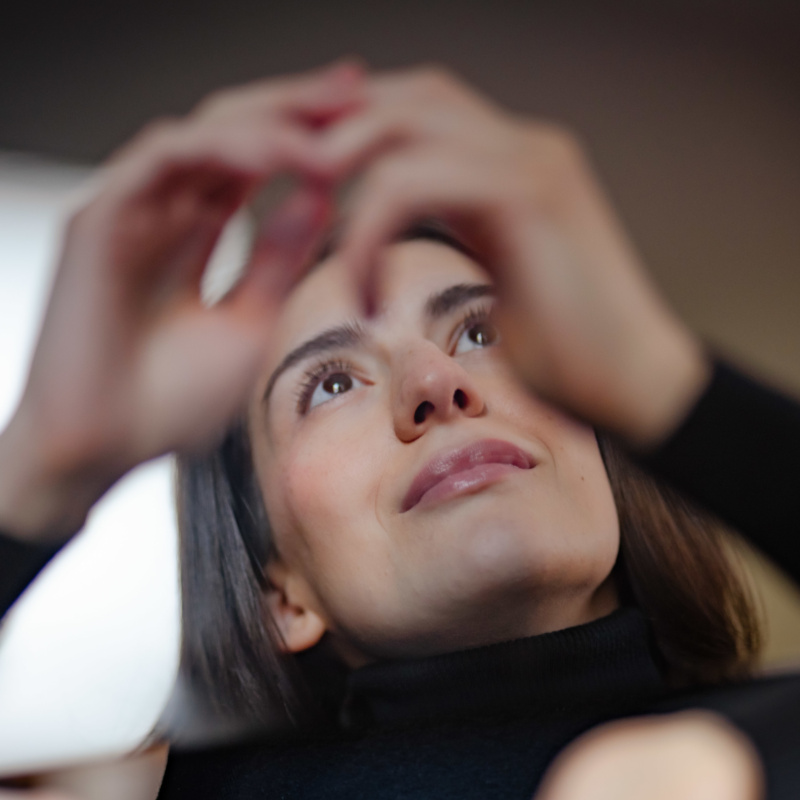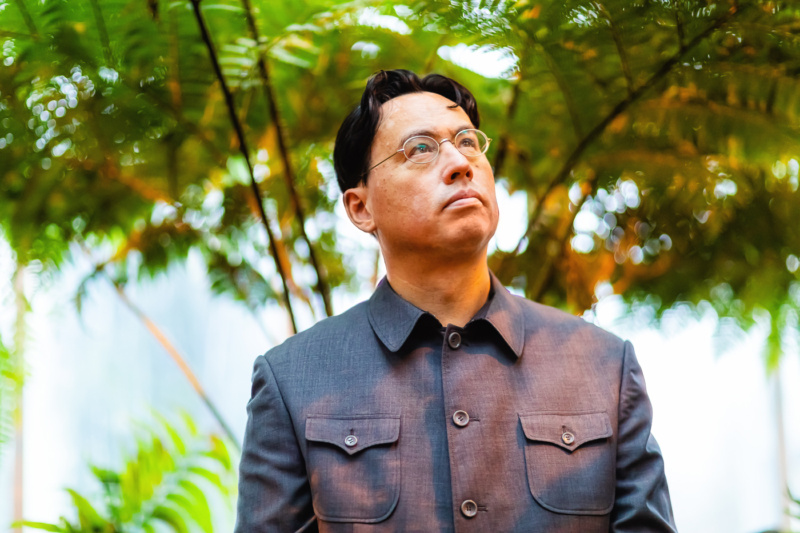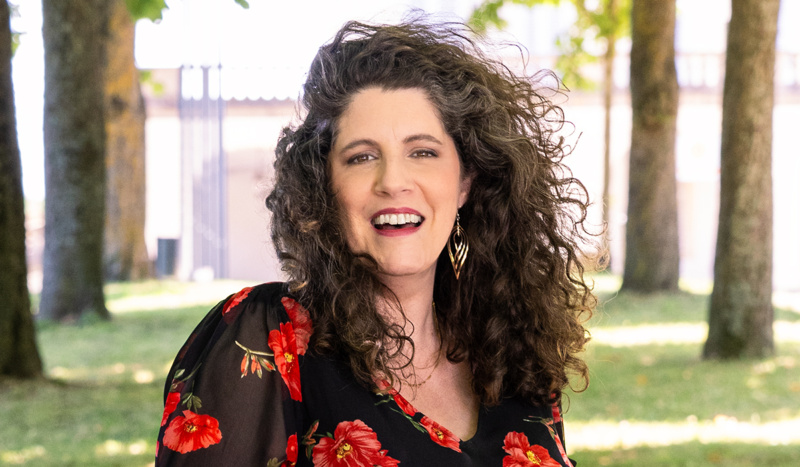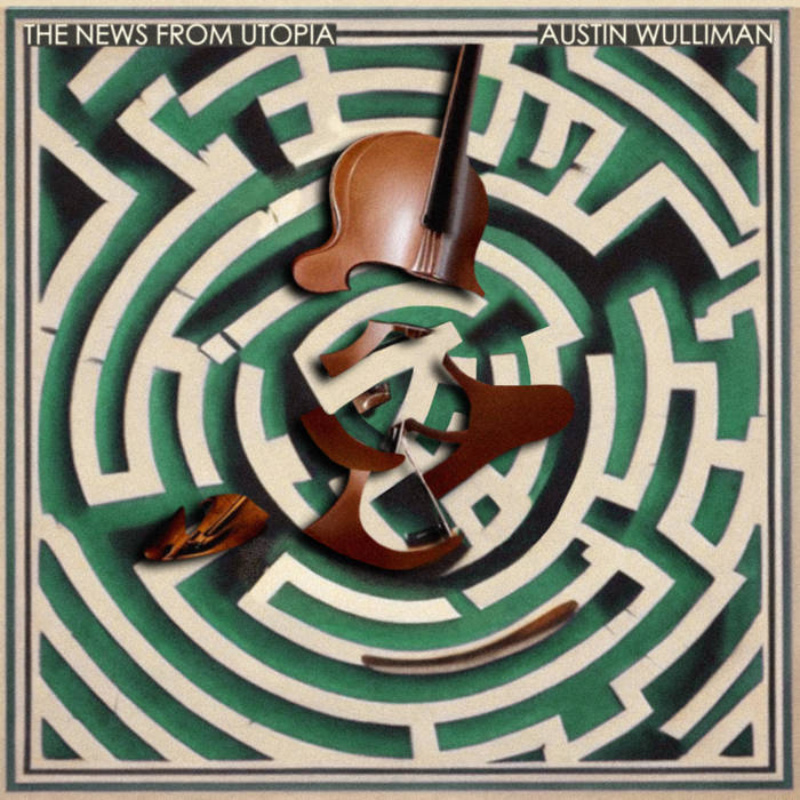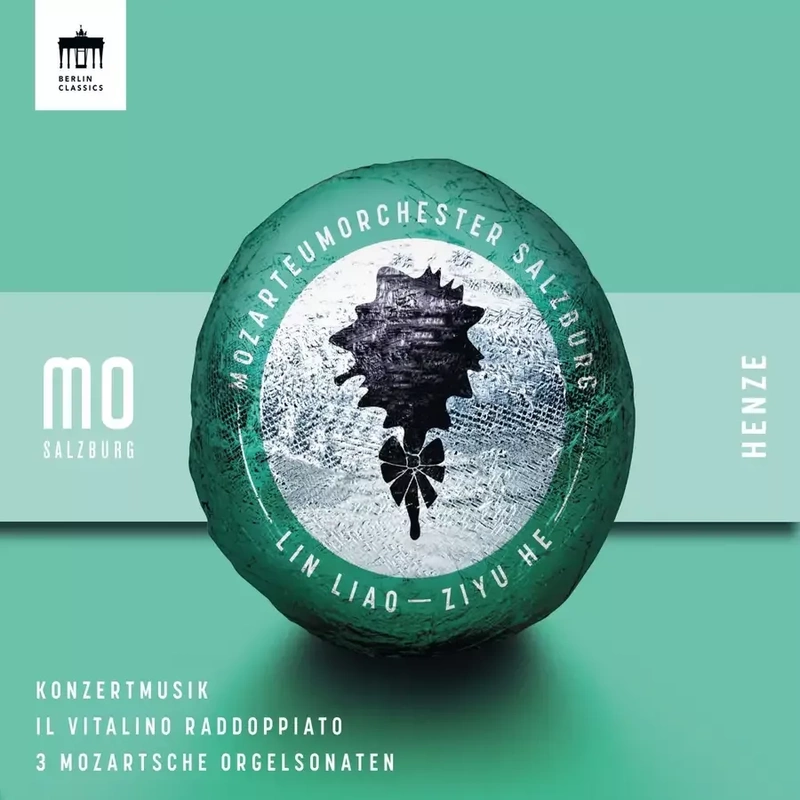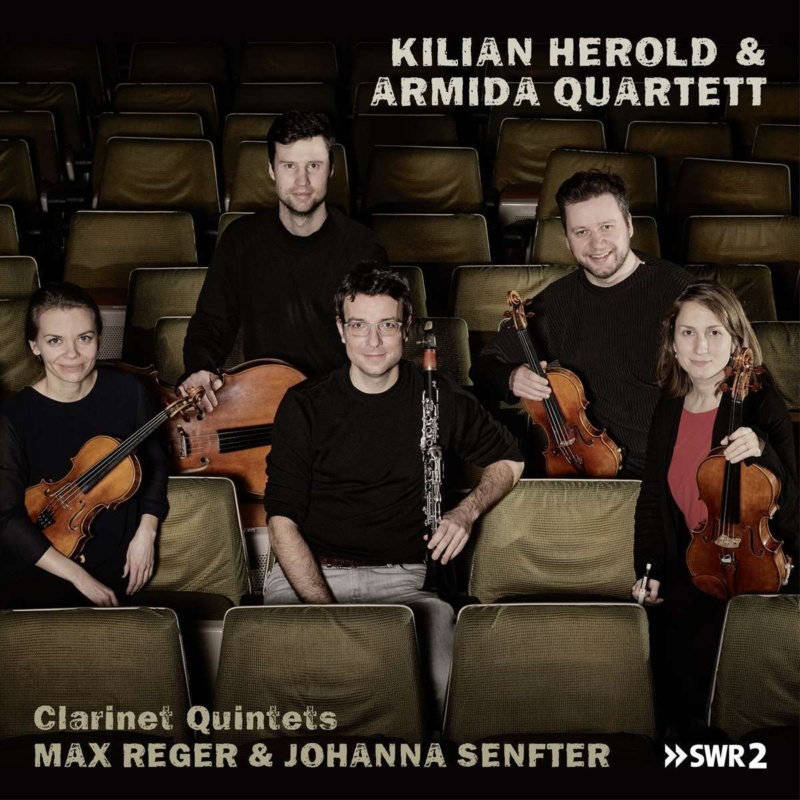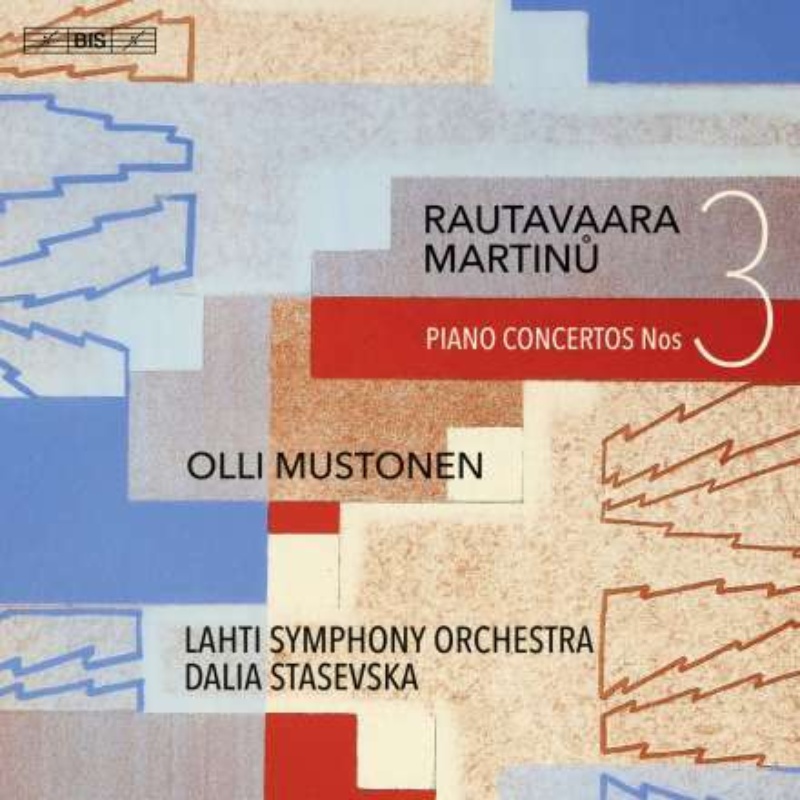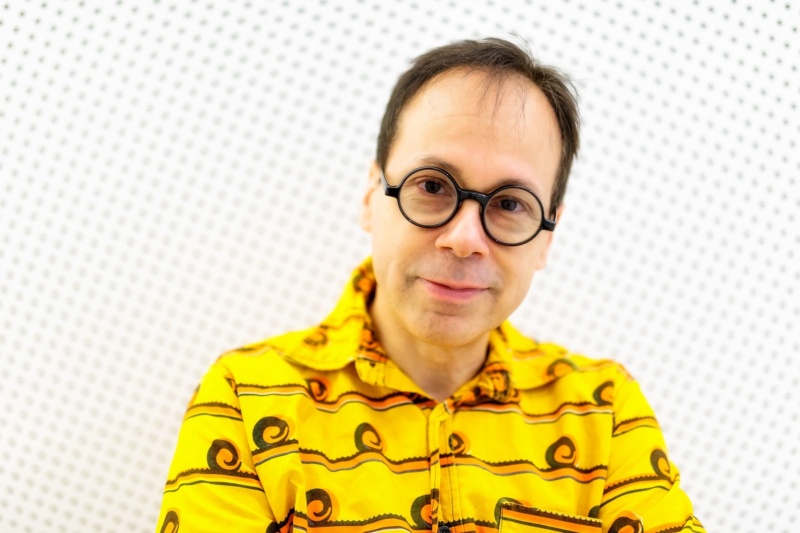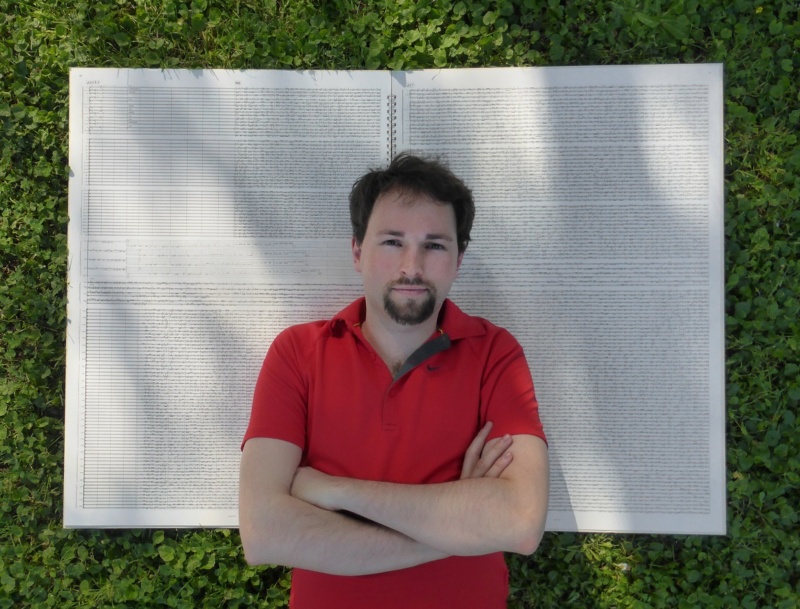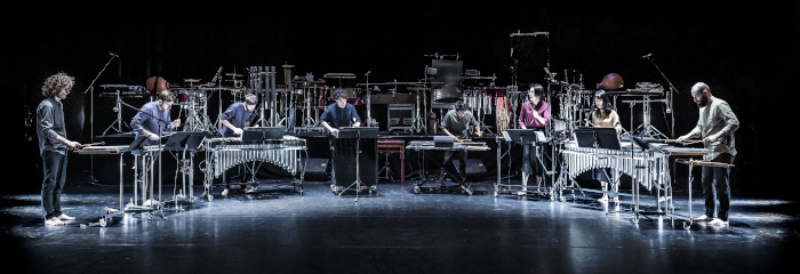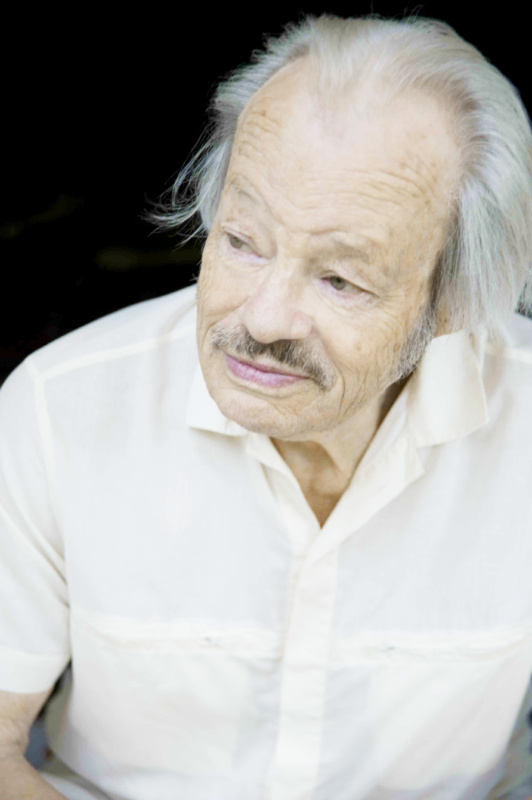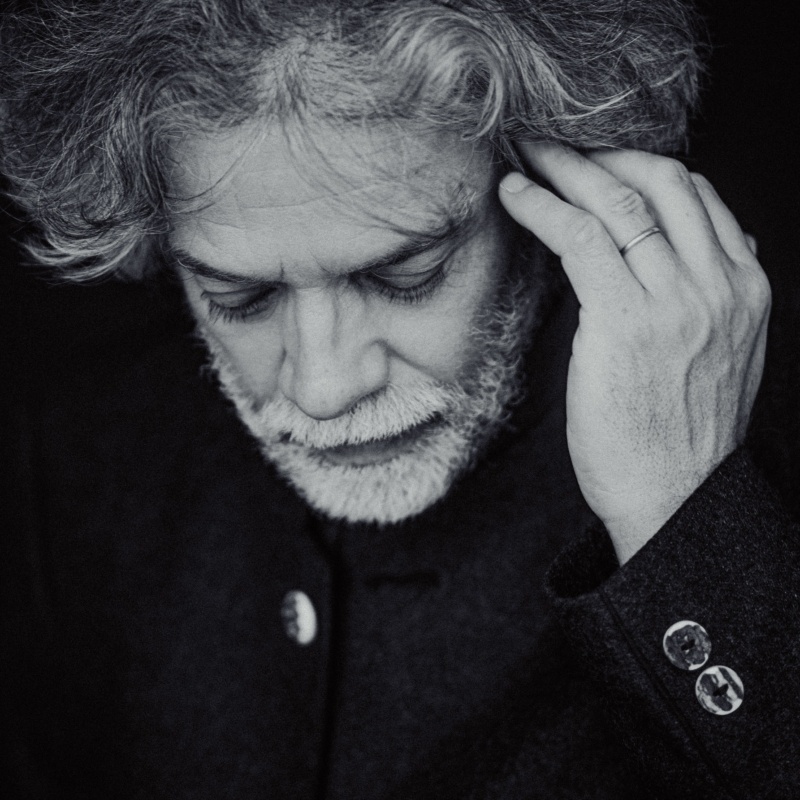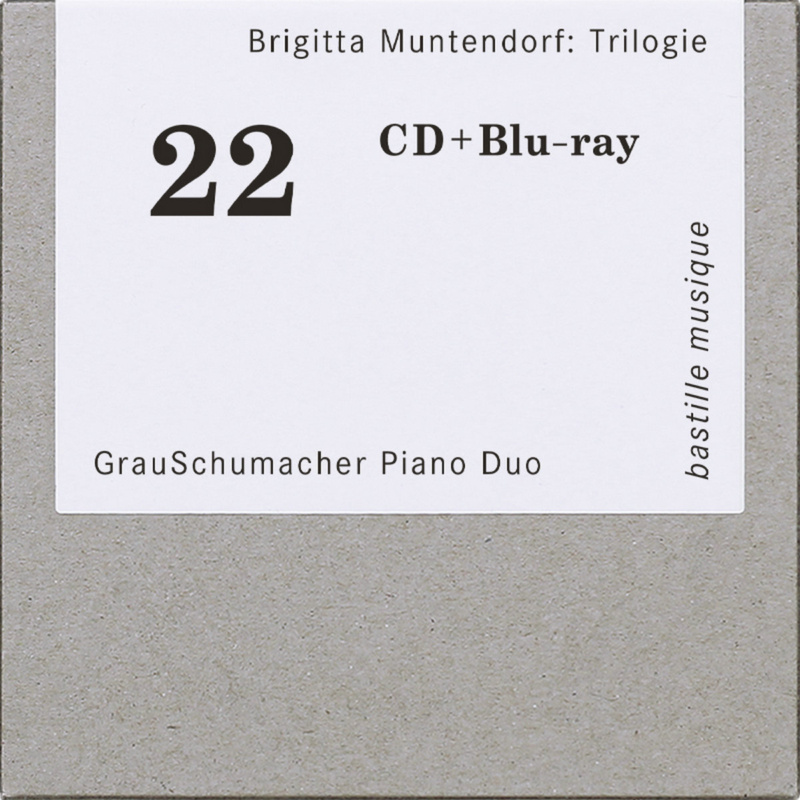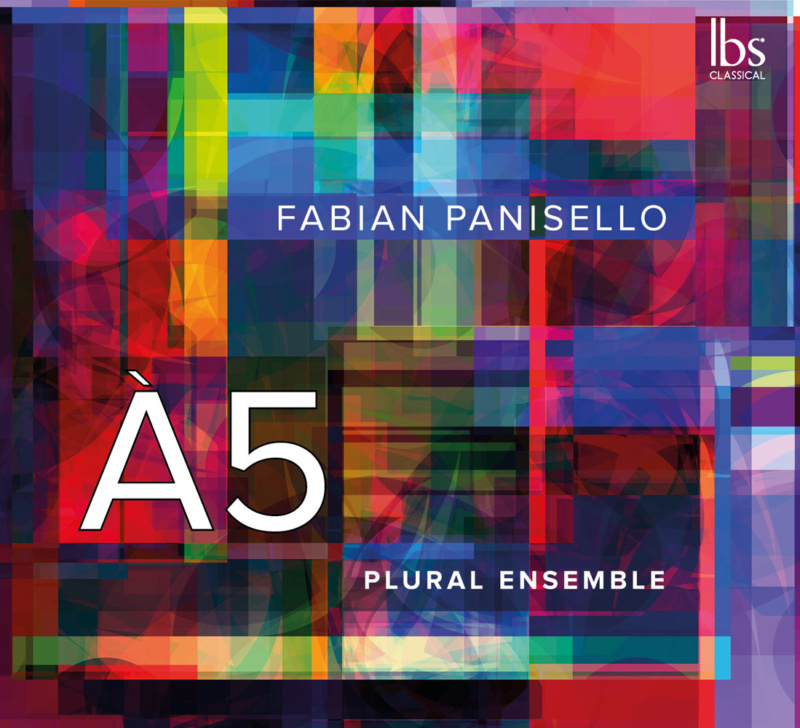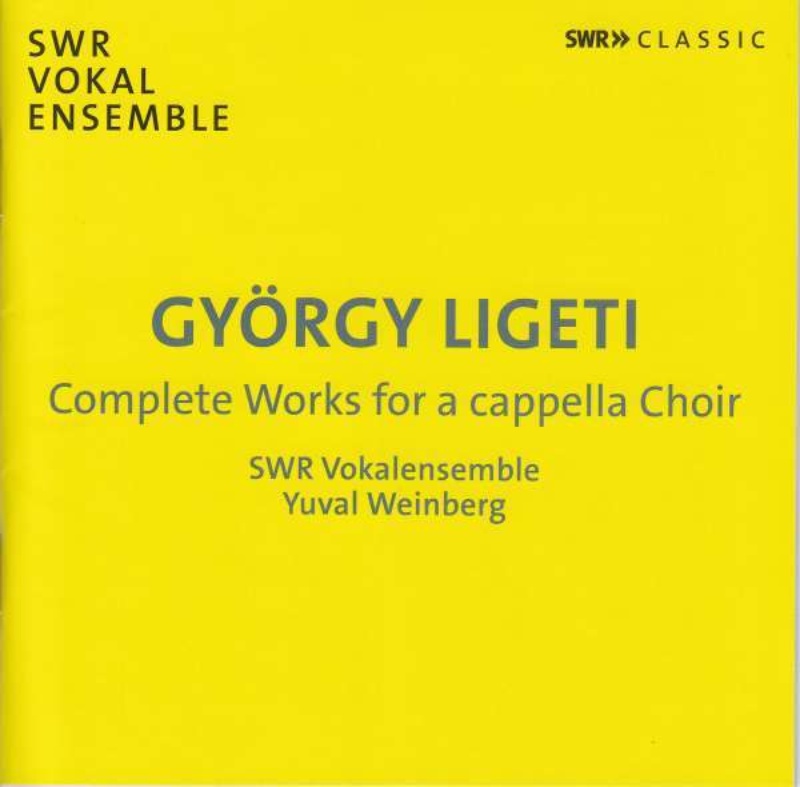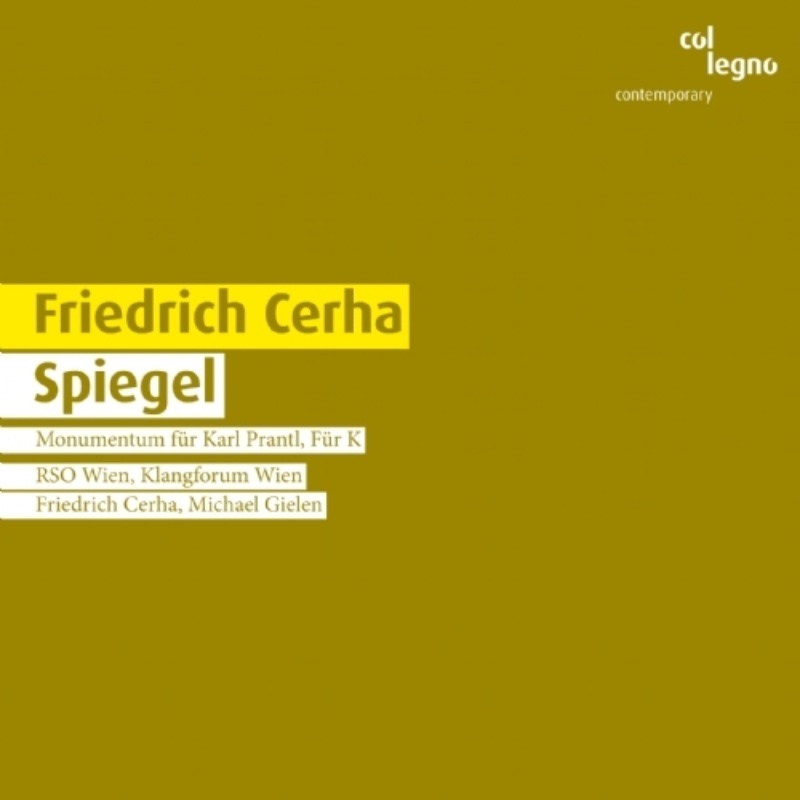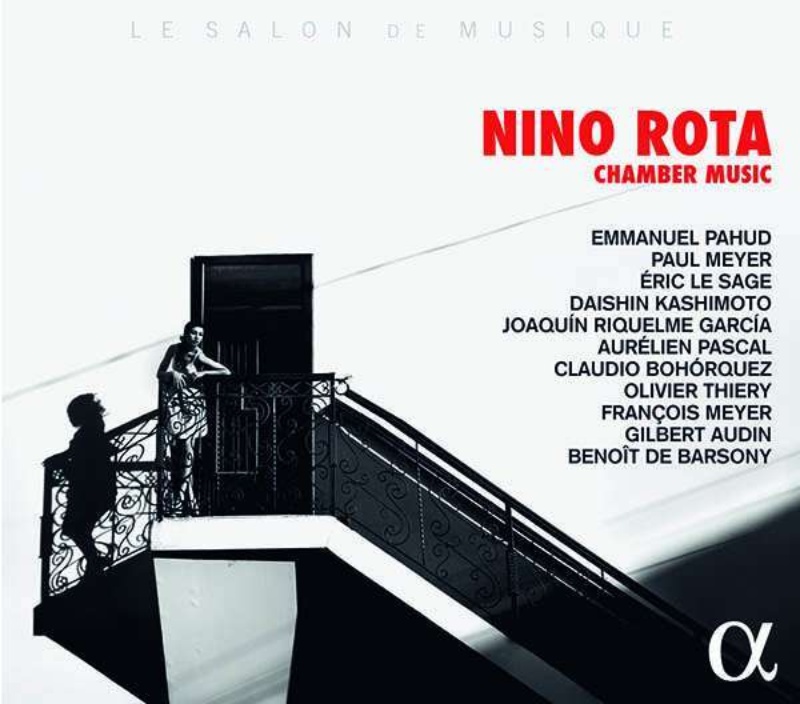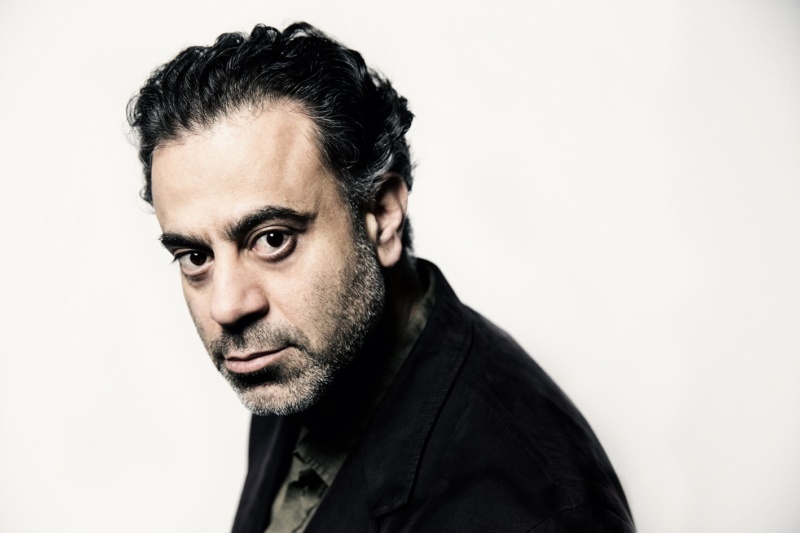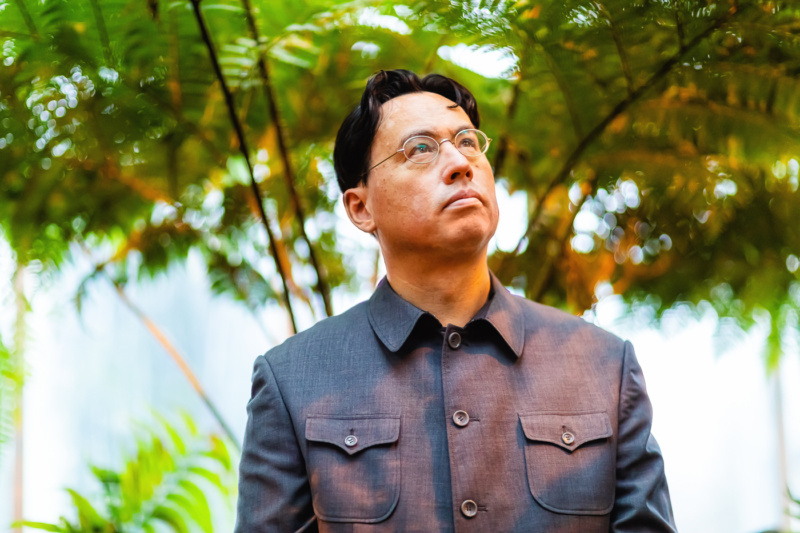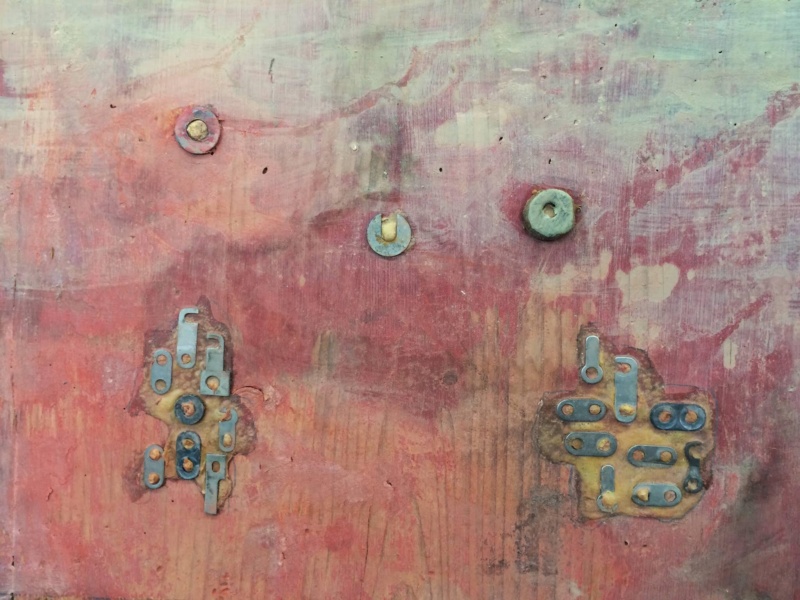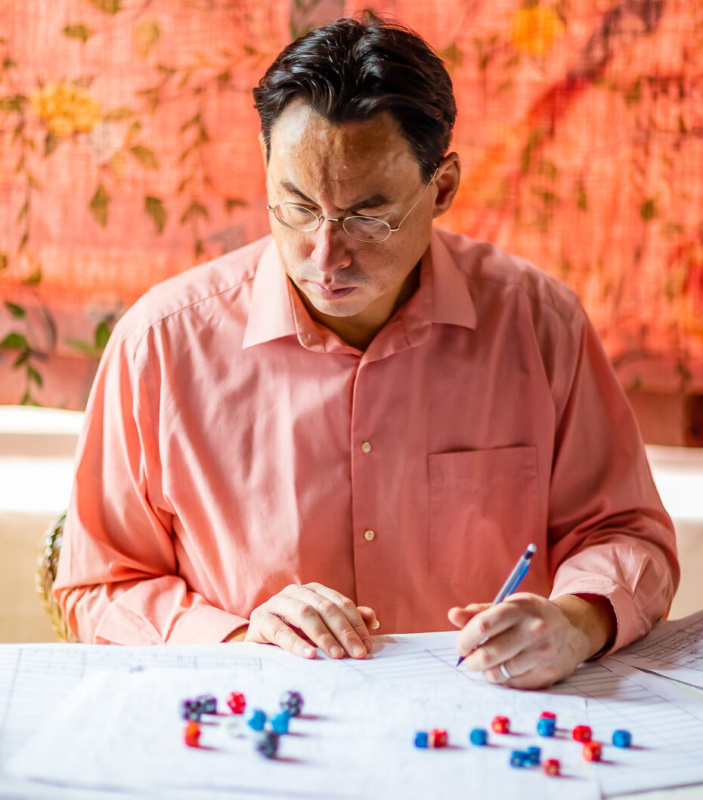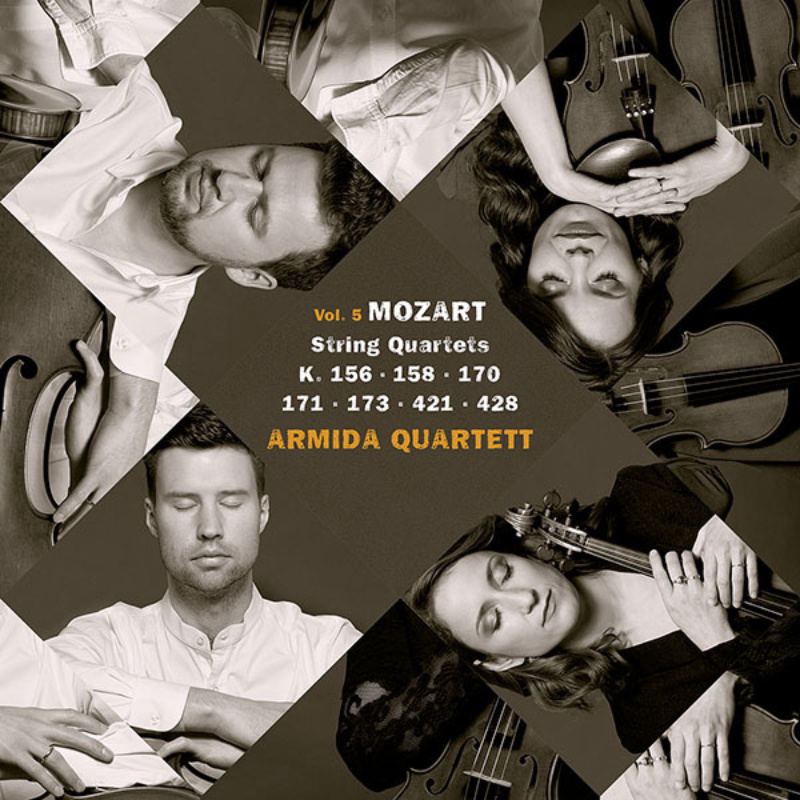The large-scale spatial triptych for the Gürzenich Orchestra Cologne reached its conclusion in 2019 . Lab.Oratorium, staged by Nicolas Stemann and featuring orchestra, choir, singer soloists and actors, was performed in Cologne, Hamburg and Paris. In this work, composer Philippe Manoury once again draws on a wide variety of musical and theatrical methods. In a guest article for our magazine, first published before the world premiere, Patrick Hahn explores the fundamental questions of the new work and its place within the trilogy.
The studio of Philippe Manoury is situated right next door to Strasbourg’s oldest Christian cathedral. Here, in the shadow of history, the composer writes radical contemporary music that never loses contact with the musical past. When you enter his studio, large sheets of manuscript paper are scattered about the room, carefully filled with his fine handwriting. In the centre of the room stands not a computer or speakers, as you would expect from a composer who is a pioneer of electronic music, but rather a piano, upon which stands music by Debussy, whose music Philippe Manoury once sensitively orchestrated. Currently hanging on the walls of his workspace are the stage plans of major modern concert halls: the Philharmonie buildings in Cologne, Hamburg and Paris. Outlined on these plans are the positioning of musicians and singers – as well as, naturally, multiple speakers. These plans are an important part of the preparations for his current project, Lab.Oratorium, a commission from the Gürzenich Orchestra Cologne, IRCAM, the Elbphilharmonie and the Philharmonie de Paris. It is no coincidence that these institutions have come together; these three buildings share an alternative, different kind of architectural arrangement – not “shoebox style” but rather one in which the audience is placed surrounding the podium on an upward slope.
This is a welcome opportunity to rethink customs that have gone unquestioned for too long. “Is there not another meaningful way to place the musicians in an orchestra, other than the way we have known for two and a half centuries?”, the composer Philippe Manoury asks critically. “Do we have to continue cultivating the same hierarchical ‘philharmonic sound’ that we inherited from the classical and romantic periods? Should we not rather express ourselves in a radically contemporary aesthetic and finally give up on the codes that refer to the society of the past?” For Philippe Manoury, these questions are not just theoretical. In his ‘Cologne Trilogy’, conceptualised with conductor François-Xavier Roth, he has created a cycle of works that are conceived in fundamentally spatial terms. Through this, Philippe Manoury is not just creating monolithic spatial works that arise out of the dimensions of traditional concert halls. Rather, in his trilogy, Manoury fully explores the acoustic, structural and aesthetic possibilities of modern concert hall architecture.
Whilst in situ features a soloist ensemble onstage as well as eight instrumental groups placed in a kind of acoustic ‘trapeze’ formation, in RING Philippe Manoury places the orchestra in a circle around the audience, with these 14 groups corresponding with a ‘Mozart orchestra‘ onstage. The classical concert rituals are undermined in RING through a 20-minute prelude in which composed and free passages are performed as the audience arrives into the hall and the orchestra takes to the stage, holding the beginning of the work in suspense. Inspired by the directorial techniques of contemporary theatre, particularly his collaboration with director Nicolas Stemann, he has intensified the relationship between musical and theatrical ideas in the closing part of the Cologne trilogy, Lab.Oratorium. In Lab.Oratorium, the form is ‘composed‘, unlike his modular ‘Thinkspiel‘ Kein Licht. Nevertheless, Philippe Manoury has once again entered into intense dialogue with the director, and together they have defined the content and form of the work. The subject matter of the piece centres on a contemporary tragedy: the death of thousands of refugees in the Mediterranean Sea. Nicolas Stemann and Philippe Manoury deepened their awareness of the current crisis with the help of sea rescuers and refugees, developing a work that deals with our society’s current inability to deal with the consequences of displacement and flight. The project revolves around the tensions inherent in a prosperous society focused on diversion and entertainment, and the impossibility of closing your eyes to reality. Texts by Hannah Arendt, Ingeborg Bachmann, Elfriede Jelinek and Georg Trakl form the basis of the composition. The Philharmonie becomes a cruiseliner, on which the question arises: who is a spectator and who is an actor in these events? Are we all in the same boat? The poem Reklame by Ingeborg Bachmann stands at the heart of Lab.Oratorium: “But where are we going,” asks the poet; “carefree be carefree,” answers a second voice, “cheerful and with music.” The second voice goes quiet in the face of the “dead silence,” collapsing into the eternal cheerfulness of the “Traumwäscherei” (dream-laundry).
Patrick Hahn, 2/2019
Translation: Samuel Johnstone

